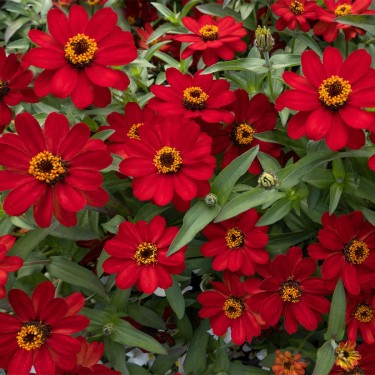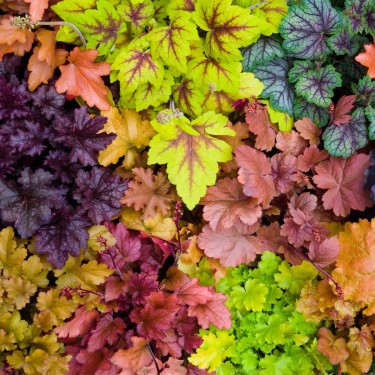These gorgeous fall-blooming perennial flowers will make sure your garden keeps blooming all the way to the first frost and beyond.
Every editorial product is independently selected, though we may be compensated or receive an affiliate commission if you buy something through our links. Ratings and prices are accurate and items are in stock as of time of publication.
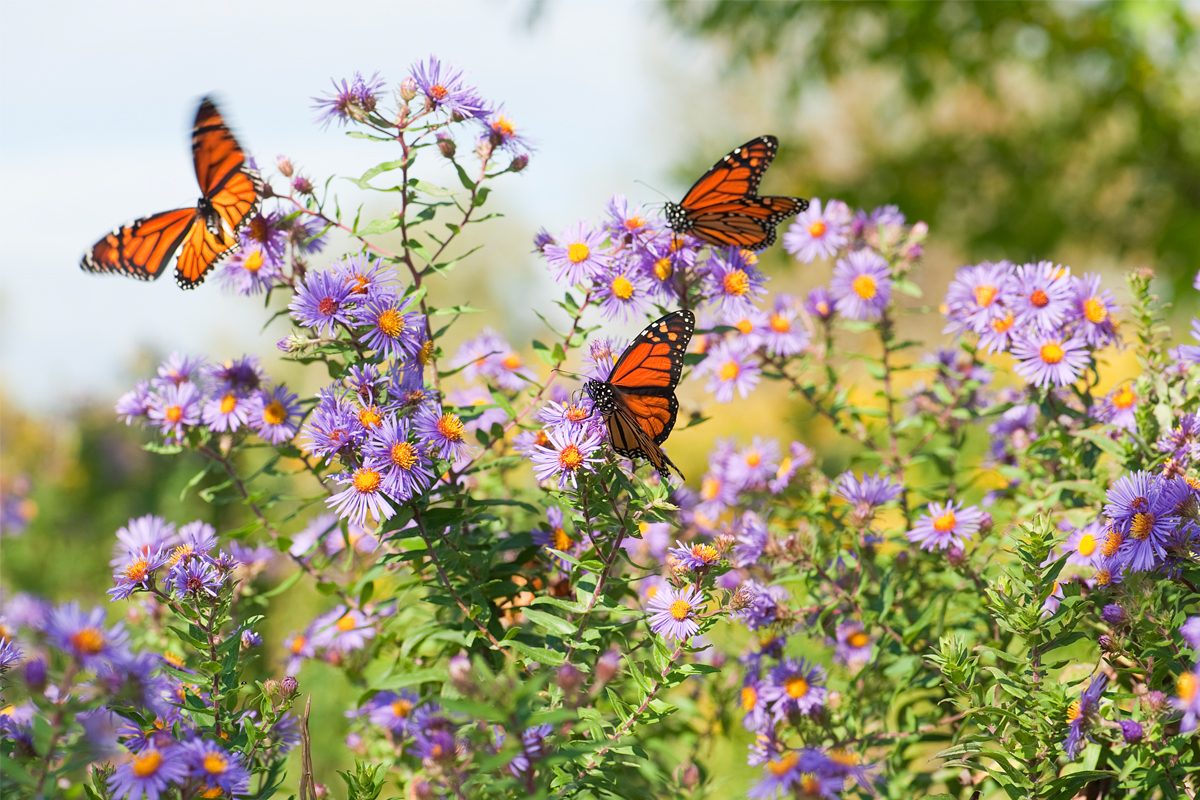
Asters
Asters (Symphyotricum spp.), start blooming in late August to September. Most grow well in U.S. Department of Agriculture plant hardiness zones 4 – 8 in a variety of colors ranging from dark purple to light purple to blue and pink. Choose a variety like ‘Purple Dome‘ to get vibrant color right when you want it. While many asters can top out at three to four feet or taller, varieties like ‘Alert‘ grow only a foot tall. Asters can self-sow around a garden, so if you don’t want a lot of asters, cut off the seed heads when the plants are finished blooming.
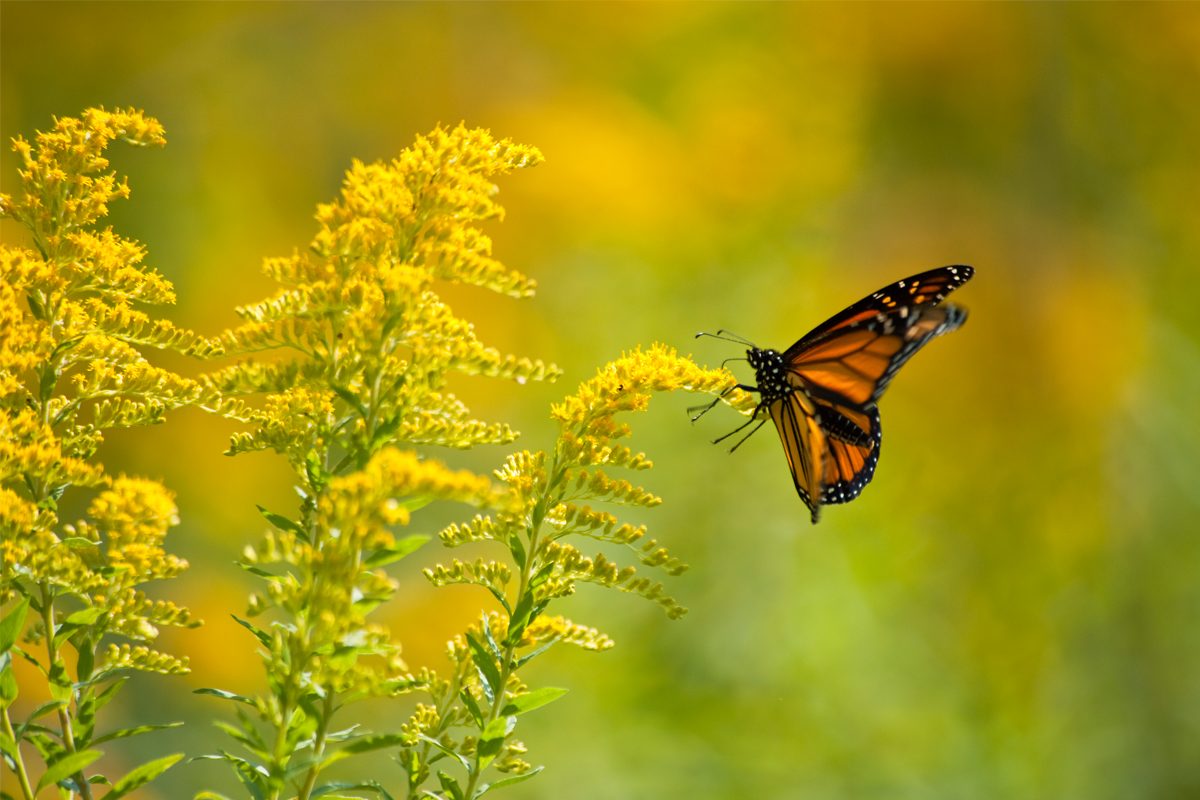
Goldenrod
Goldenrod (Solidago sp.) has come a long way from a roadside weed. There are now many varieties of this perennial available to add a touch of gold to the fall garden and provide much-needed nectar for a variety of pollinators. Most goldenrods are hardy in USDA zones 4 – 8. ‘Fireworks‘ is a popular variety that reaches three feet tall. ‘Solar Cascade‘ is a more recent variety selected by the Cincinnati Zoo & Botanical Garden. Most goldenrods spread by underground rhizomes and are easy to pull out if they form too big of a clump.
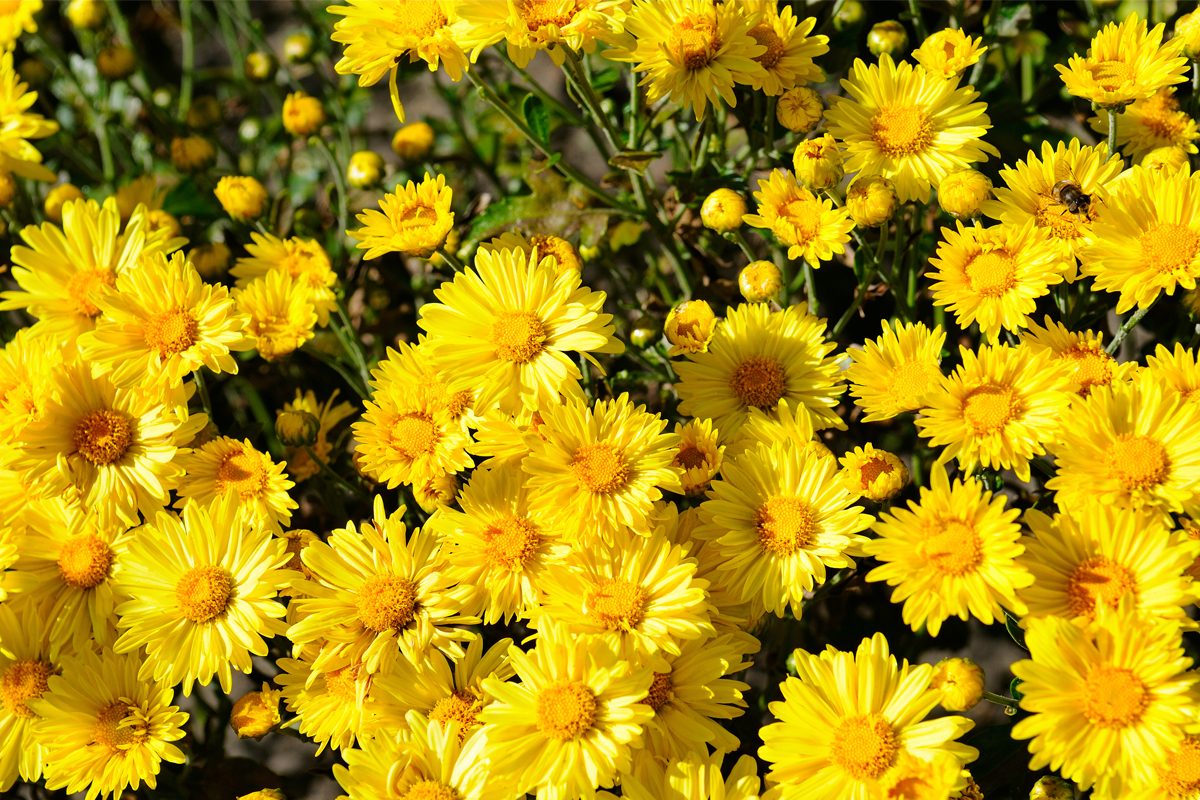
Chrysanthemums
For many gardeners, fall is the time to plant chrysanthemums (mums) in containers, but they can also be grown as perennials in the garden. Most are hardy in USDA zones 5 – 9, but there are some such as the ‘Igloo‘ series that can survive in USDA zones 3 – 4, as well. In the garden, mums will be looser and sometimes taller than those sold in pots. They do well in full sun and can add a splash of color in late summer and fall.
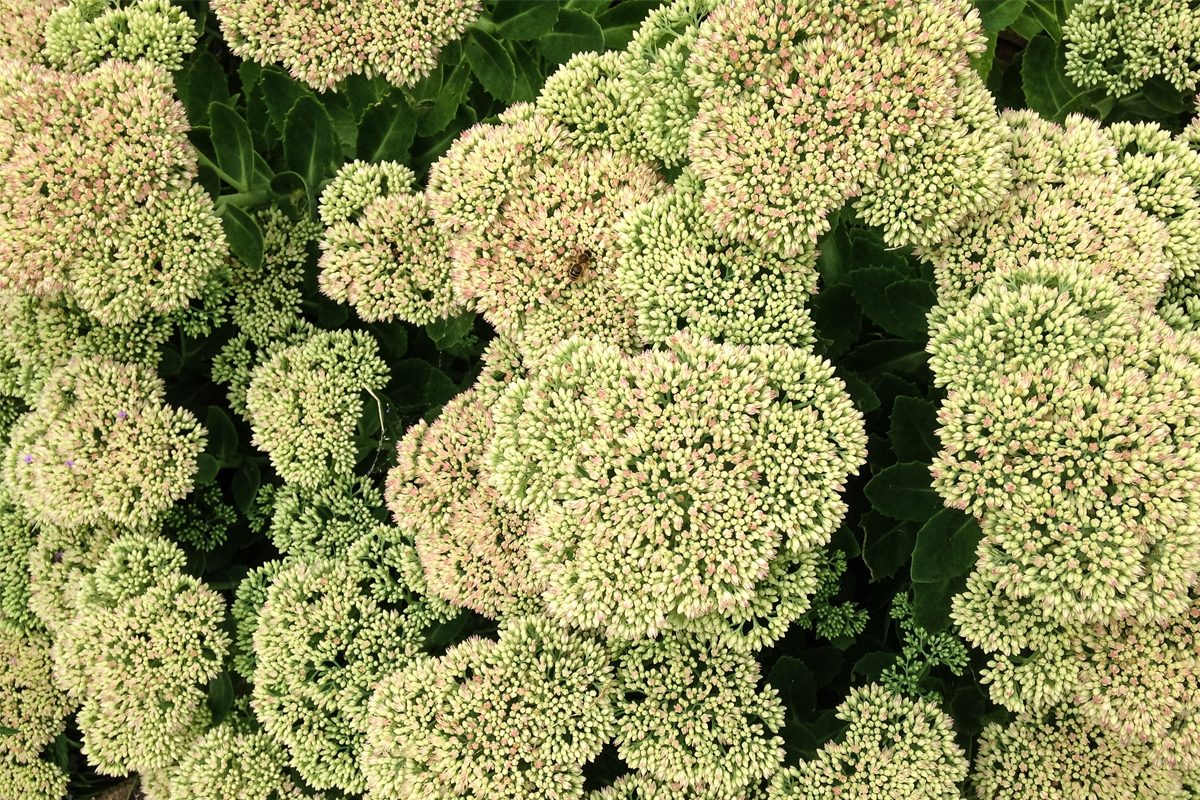
Tall Sedum
If you have a dry, sunny spot, tall sedum would like to grow there. Given the rather awkward genus name Hylotelephium, although many still use the older name Sedum, these plants grow from one to two feet tall and produce clusters of star-shaped flowers. They also attract butterflies and other pollinators. A classic variety is ‘Autumn Joy‘. Most tall sedums are hardy in USDA zones 4 – 9. The seed heads, if left alone, turn a soft brown and provide some winter interest.
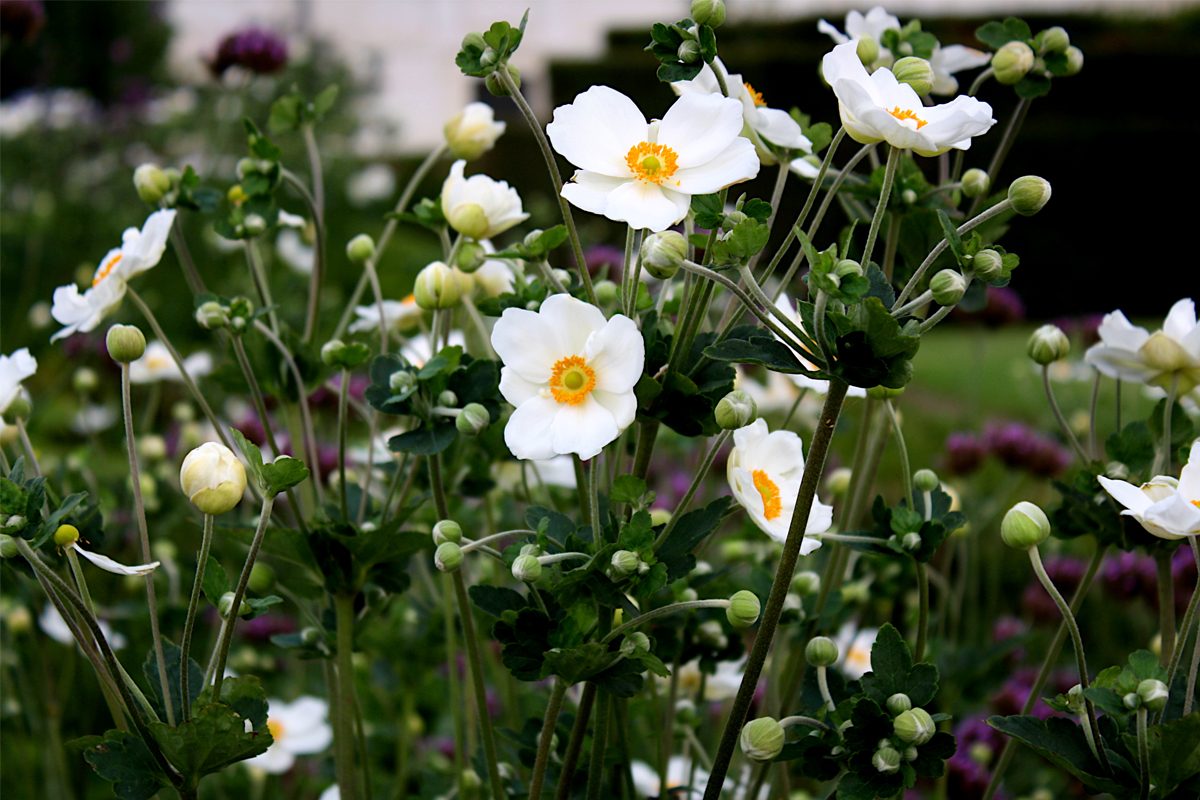
Japanese Anemone
Generally hardy in USDA zones 4 – 7, Japanese anemones, also called windflowers, are perennials that grow well in partial-shade in well-drained areas that don’t dry out. They can sometimes take a bit of time to become established, but once they do, they can spread to take over an area. ‘Honorine Jobert‘ grows up to four feet tall and has white flowers. ‘Robustissima‘ has light pink flowers. A little less hardy, ‘Prince Henry‘ adds a pop of bright pink to the fall garden.
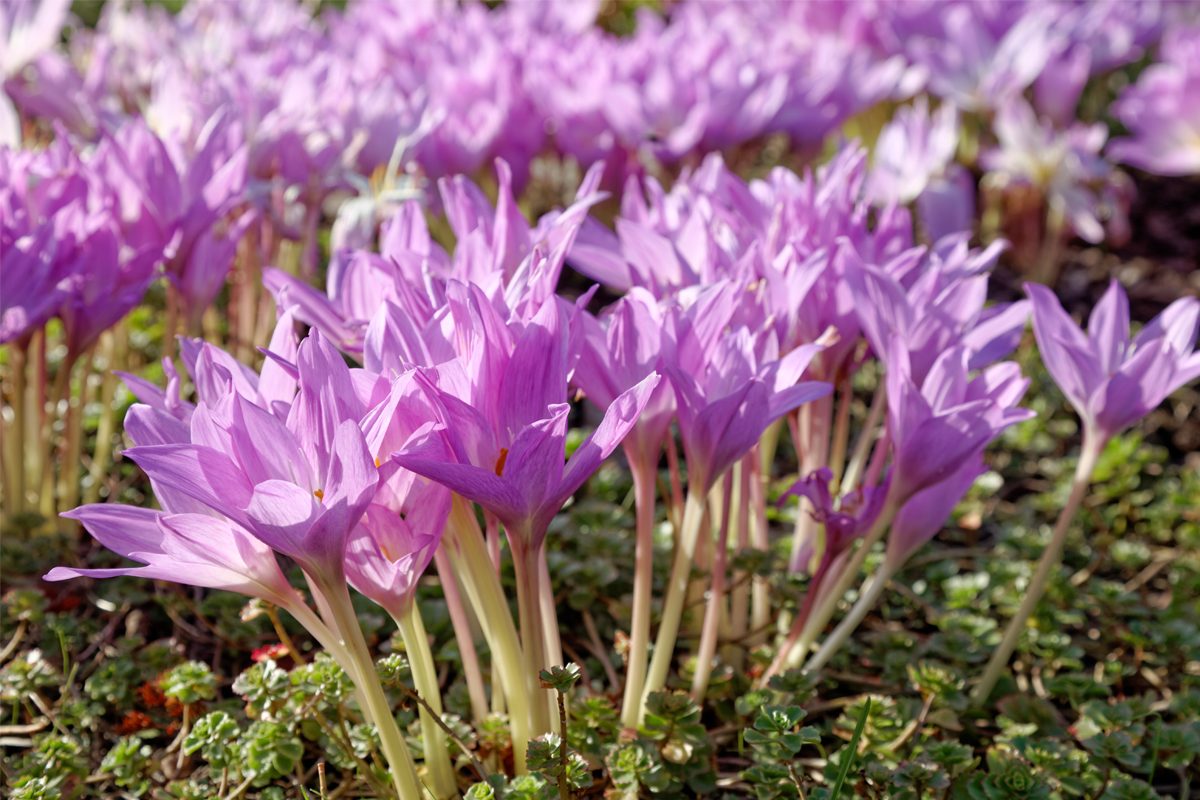
Colchicum
Your neighbors will think you have magical gardening powers when they see colchicums flowering in your garden in the fall. Colchicums send up foliage in the spring which then dies back by mid-summer. In mid-fall, the flowers, in shades of purple, pink and white pop up, making it look like spring in your fall garden. Hardy in USDA zones 4 – 7, colchicums need well-drained soil and full or part shade. Plant bulbs as soon as you get them. You can dig clumps in the spring to divide and share.
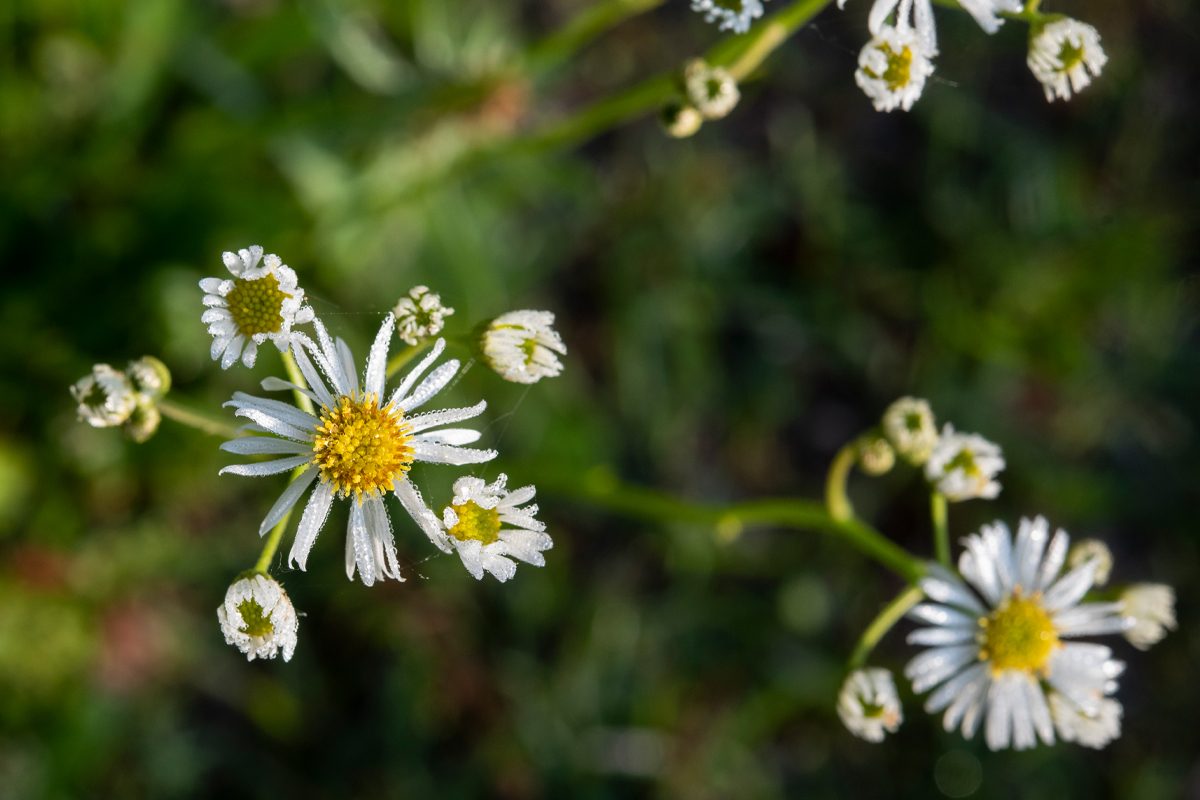
Boltonia
Boltonia, Boltonia asteroides, is often called false aster because it has many of the same characteristics as asters. It grows five to six feet tall and begins flowering at the same time as asters, August through September. It does best with full sun and well-drained soil. Hardy in USDA zones 3 – 10, it most often has white flowers. ‘Snowbank‘ is a popular variety. To avoid self-sowing, cut off seed heads late in the fall.
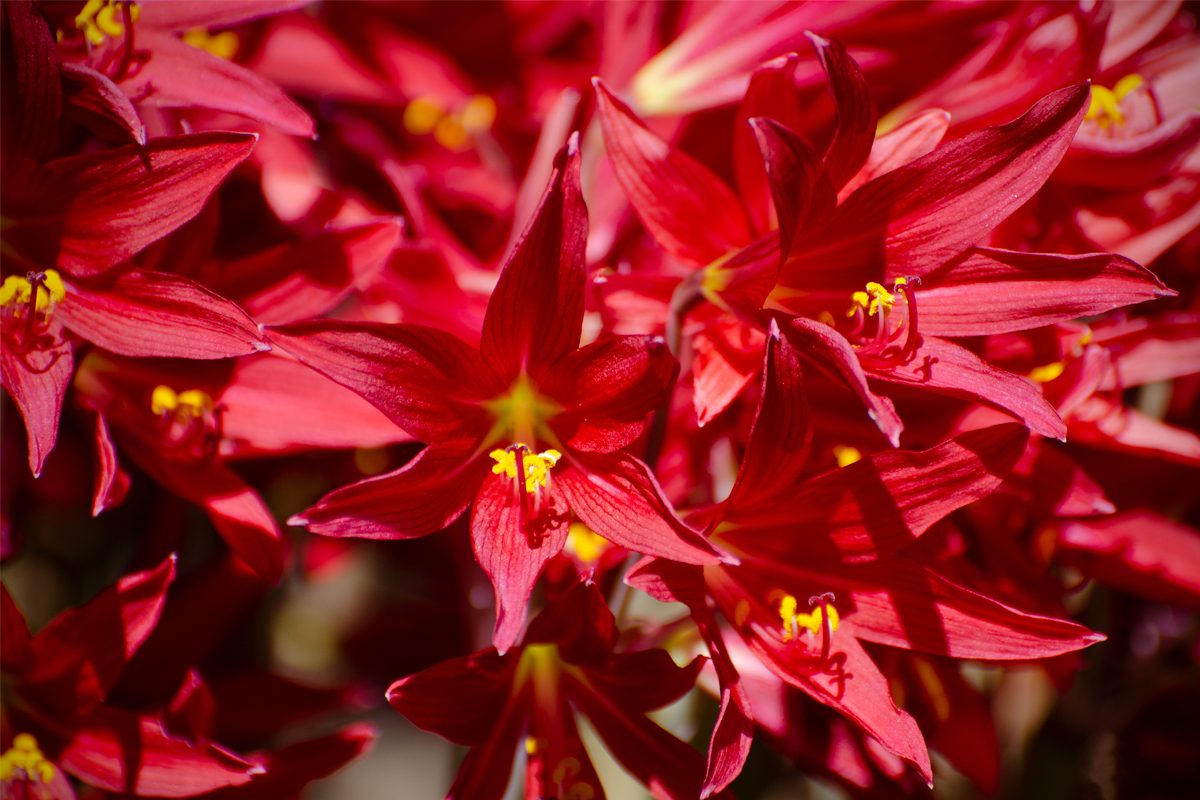
Oxblood Lily
Oxblood lily, Rhodophiala bifida, hardy in USDA zones 7 – 10, is sometimes called ‘schoolhouse lily’ because it blooms in early fall, the traditional start time for schools. The epicenter for these flowers is central Texas, where the red flowers, introduced by German settlers, can be seen in many older gardens. After blooming, the foliage remains through the winter and then dies back in late spring and summer. Oxblood lilies prefer full sun to part shade and well-drained soil.
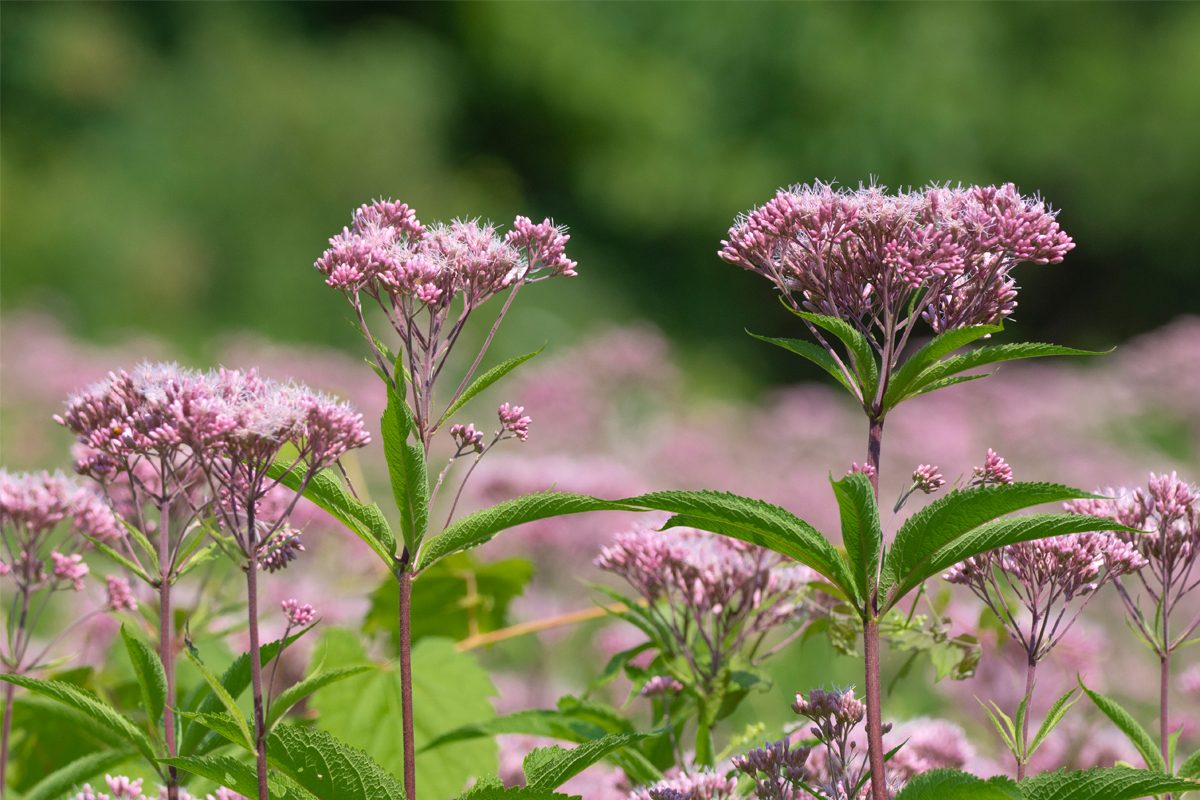
Joe Pye Weed
For a tall flower in the back of a sunny border, try the late blooming Joe Pye weed, Eutrochium purpureum. Hardy in USDA zones 4 – 9, Joe Pye weed can grow up to seven feet tall. It tolerates a bit of shade and doesn’t mind wet soils. If Joe Pye weed is too tall for your garden, plant the closely related perennial, Eutrochium dubium, ‘Little Joe’. Both have mauvy-pink flowers that attract butterflies and other pollinators in the fall.

Toad Lilies
If you are looking for a plant that grows well in the shade and flowers in the fall, consider a toad lily, Tricyrtis sp. The flowers, ranging in color from white to pink and purple, are often spotted, like a toad. Toad lilies are usually hardy in USDA zones 5 – 9 and prefer soil that doesn’t dry out in the summertime. They grow from one to two feet tall, and bloom in August and September.

